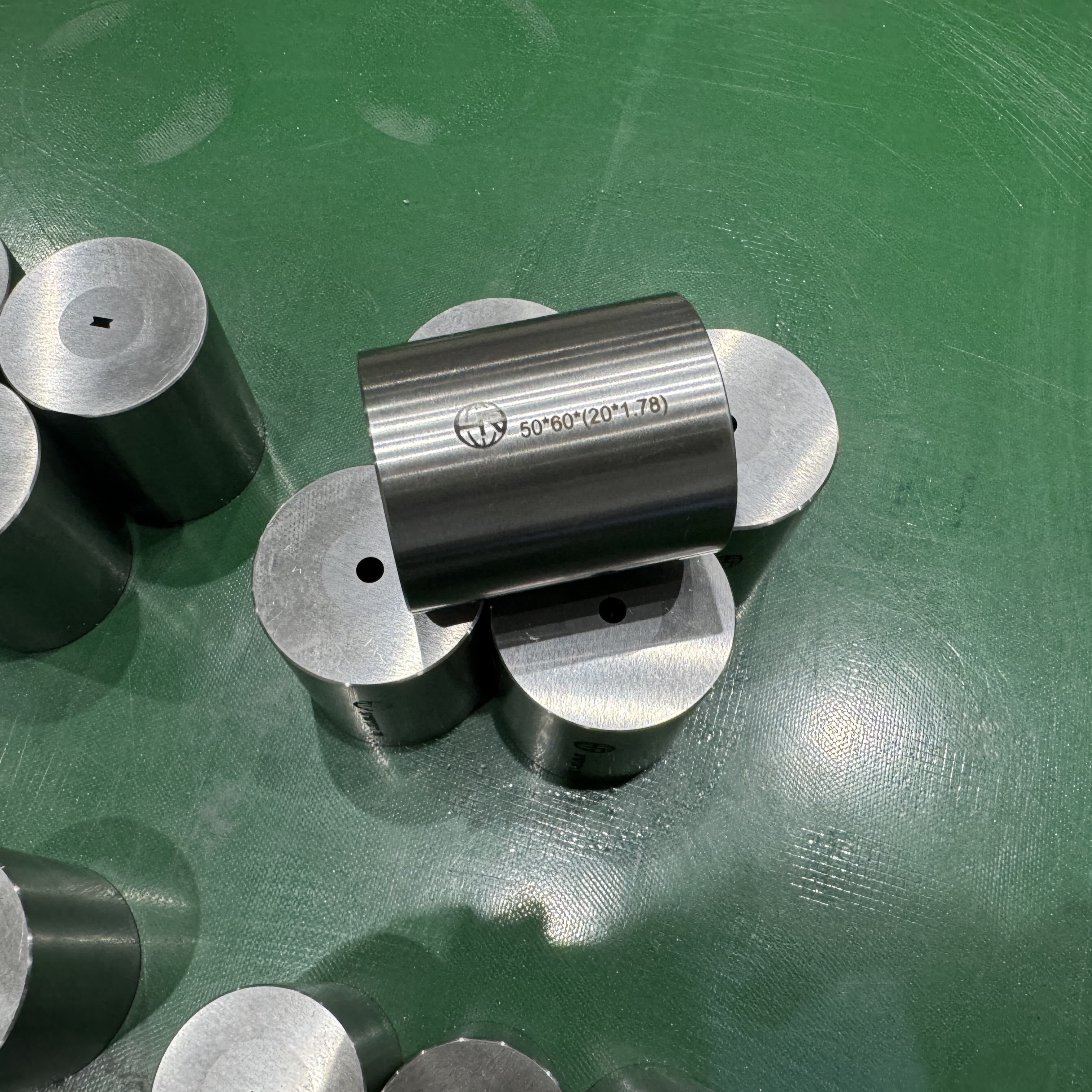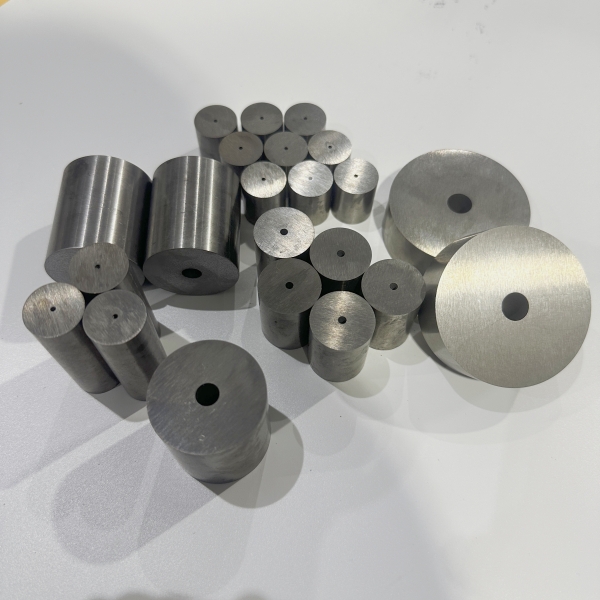Manufacturing
• Uneven powder mixing: Cemented carbide is made by mixing and sintering a variety of metal powders. If the powders are not mixed evenly, it will lead to inconsistent distribution of components within the alloy. This may cause differences in hardness, strength and other properties in different areas, affecting overall quality and service life. For example, when manufacturing cutting tools, it may cause local wear of the tool to be too rapid during the cutting process.
• Excessive porosity: If the process parameters are not properly controlled during the sintering process, such as inappropriate temperature and pressure, excessive pores will be generated inside the alloy. These pores will reduce the density and strength of the cemented carbide and easily cause stress concentration when bearing loads, leading to the initiation and expansion of cracks.

• Carbon content fluctuations: Carbon content has a significant impact on the properties of cemented carbide. If the carbon content is too high, free graphite will be formed, reducing the hardness and strength of the alloy; if the carbon content is too low, eta phases (such as Co₃W₃C, Co₆W₆C, etc.) will appear, making the alloy brittle.
Post time: Sep-15-2024










